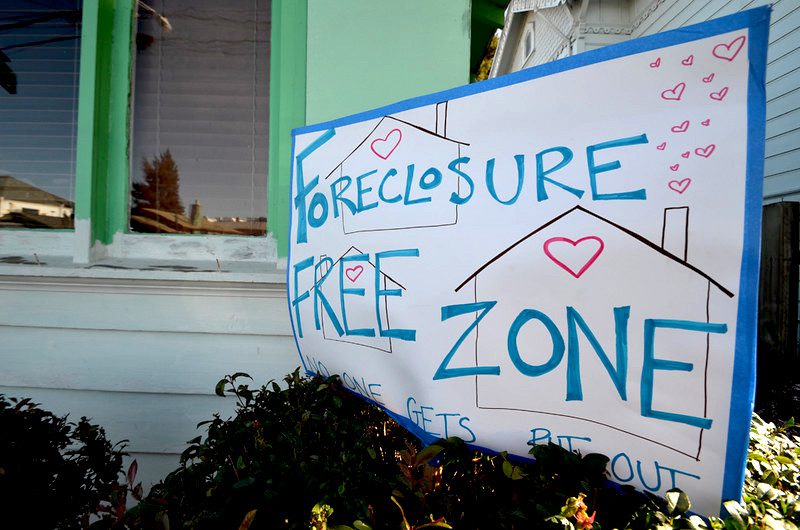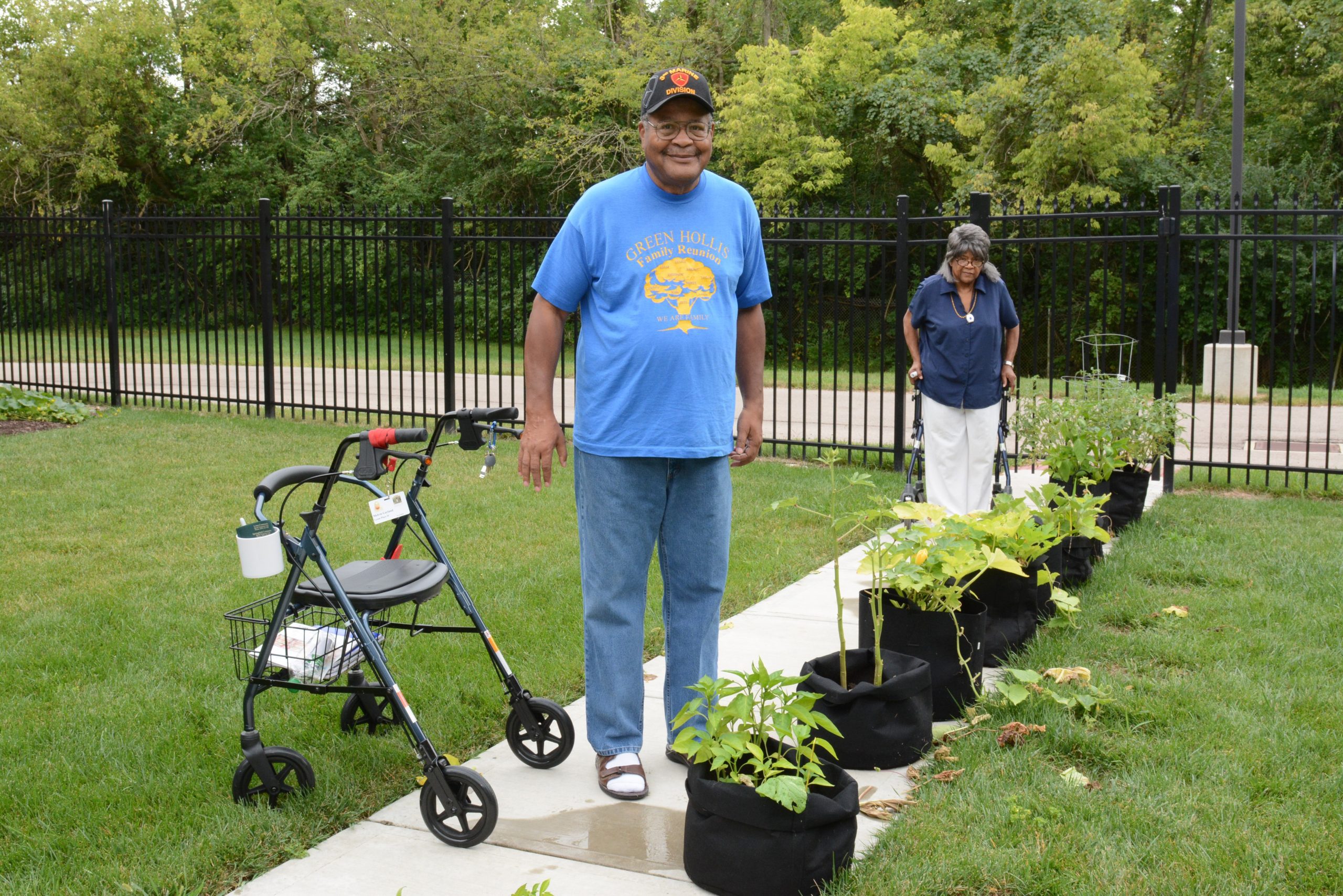
Photo credit: Daniel Arauz via flickr, CC BY-SA 2.0.
In just four weeks, more than 22 million Americans have filed jobless claims. Many homeowners are now wondering how they will afford their mortgages, feed their families, and sustain themselves during and after this crisis. The economic impact of COVID-19 has put homeowners at direct risk of losing their homes.
Under the federal government’s recently passed CARES Act, which provides economic relief to families across the country, most homeowners are able to defer their mortgage payments for up to 12 months. According to the Mortgage Bankers Association, forbearance requests grew by 1,270 percent between the week of March 2 and the week of March 16, and another 1,896 percent between the week of March 16 and the week of March 30.
But at the end of the deferment period—called a “forbearance”—many families will owe their lender all those deferred payments in one, almost certainly unaffordable, lump sum. This will be catastrophic to families who have been without a paycheck for months. Without a comprehensive national program to support homeowners over the long term, therefore, deferment will only delay the inevitable slip into foreclosure for millions of families across the country.
The reality today is that we don’t know who will have a job at the end of this or which jobs will even exist, so we need an approach that goes beyond simply forbearing on mortgage payments. Over 2 million homeowners have already entered into a forbearance as a result of COVID-19; many more will follow. Most of these homeowners will need loan modifications at the end of their forbearance. Loan modifications can take missed payments and put them at the end of the loan. They can also reduce monthly payments to make them affordable if a household’s income has been reduced by economic hardship. But the CARES Act includes no loan modification requirement. This leaves the fate of homeowners up to the investors who own their mortgages to decide.
Some investors, like Fannie Mae and Freddie Mac, have announced COVID-19 loan modification options that will help some homeowners avoid the foreclosures that would have resulted from lump sum payment requirements at the end of their forbearance. On Apr. 27, Freddie Mac underscored a range of repayment options available to its borrowers experiencing COVID-19 related hardship. These guidelines draw from strategies that helped homeowners whose homes were damaged by hurricanes Harvey, Irma, and Maria in 2017. But other investors are offering less favorable options, or none at all, and even the Fannie Mae and Freddie Mac guidance will leave out families who were already struggling and then had their troubles compounded by COVID-19, because it won’t apply to those whose mortgages weren’t current at the start of the pandemic.
We can and must do better. Congress must create a market-wide mortgage relief program to address the economic fallout that is waiting for us—not a fragmented, shortsighted approach that doesn’t factor in the widespread unemployment and debt that millions of people will continue to face on the other side of this crisis.
The good news is that we have implemented large-scale mortgage payment relief in the past, and we can do it again.
During the subprime mortgage crisis, as part of the Emergency Economic Stabilization Act of 2008 (known colloquially as the “bailout”), the federal government created the Home Affordable Modification Program (HAMP). HAMP set a uniform standard that governed how mortgage loan modifications would be provided to homeowners hurt by the Great Recession. To be clear, we don’t suggest a direct repeat of HAMP; it was an extremely frustrating program for homeowners to access, with long delays, byzantine eligibility processes, lost paperwork, and improper rejections by servicers. However, HAMP did give the country a market-wide approach to protecting homeowners in distress by modifying their loans based on their ability to repay. It included incentive payments to investors to help offset losses due to loan modifications that lowered payments, allowing them to get on board with the program. Millions of homes were saved through this approach.
With nothing to replace it, we are about to enter another daunting economic crisis without a unified plan to prevent foreclosures.
We need a new HAMP that guarantees homeowners won’t be hit with a demand to pay back all missed payments at the end of the forbearance period. If we start building this program now, it can be ready to deliver help efficiently when forbearances end several months from now, so that we can avoid a repeat of HAMP’s frustrating operational difficulties that made it hard for homeowners to access and for loan servicers to administer.
In the last 12 years, the American housing system has endured the subprime mortgage crisis, the Great Recession, and multiple major natural disasters that damaged homes across the United States, including hurricanes Sandy, Harvey, Irma, and Maria. Yet through these crises, we have learned how to successfully provide broad-based mortgage payment relief to millions of American households in need. There’s nothing to stop us this time around from doing it right.
We are already dealing with a critical health crisis of massive proportions. Suspending mortgage payments and implementing a pointed loan modification plan will ensure we don’t add a new foreclosure crisis to the long list of struggles we will be facing post-COVID-19.





Comments